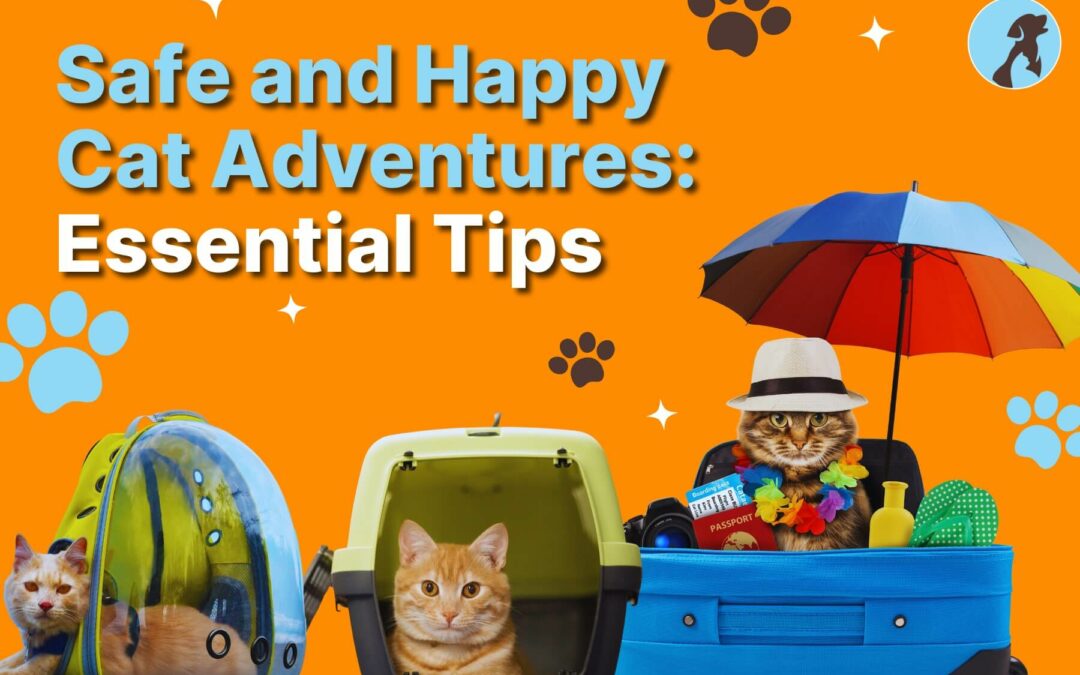Embarking on outdoor adventures with your beloved feline companion can be a delightful experience, filled with exploration and bonding. However, ensuring your cat’s safety during these outings is paramount to their well-being. By implementing essential safety measures, you not only enhance their enjoyment but also mitigate potential risks.
From preparing their gear to understanding environmental hazards, this guide provides indispensable tips to keep your cat safe and content on every adventure. Join us as we uncover the keys to safe and happy adventures with your adventurous cat. Preparation is definitely the key!
Make Sure You Have the Correct Cat Carrier
Choosing the right cat carrier is crucial for a safe and comfortable journey with your feline companion. Opt for a carrier that is sturdy, well-ventilated, and spacious enough for your cat to stand up, turn around, and lie down comfortably. Ensure it has secure closures and is escape-proof to prevent accidents during transit. Introduce your cat to the carrier gradually before the trip by placing familiar bedding and treats inside to create a positive association. This helps reduce stress and resistance when it’s time to travel. Consider carriers that are approved for air travel if you plan to fly, adhering to airline regulations regarding size and features.
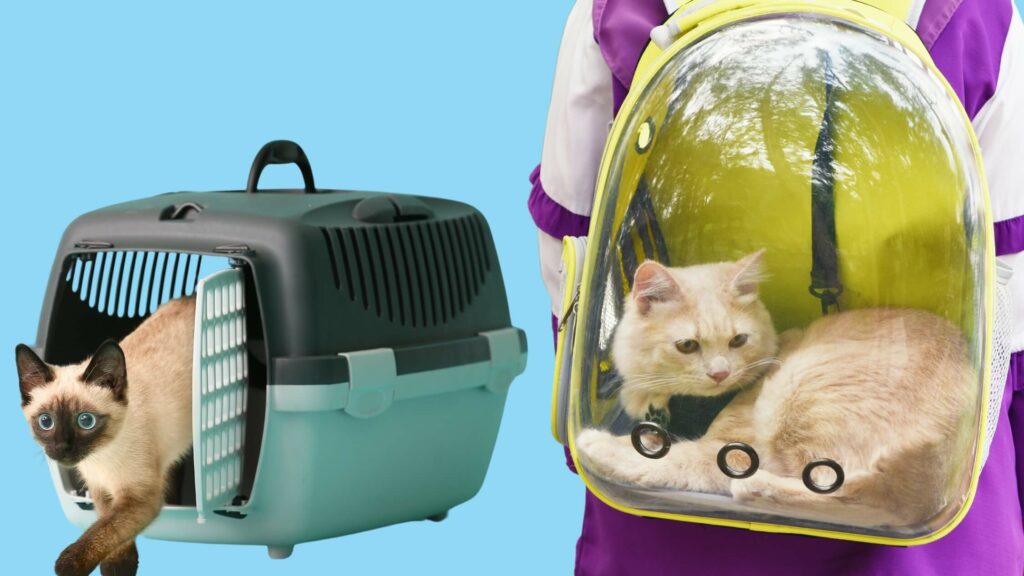
Cat Carrier Travel by Car
When traveling by car, secure the carrier with a seatbelt to prevent it from shifting during sudden stops or turns. Place the carrier in a well-ventilated area, such as the back seat or cargo space, away from direct sunlight and airbags. Keep the interior calm and quiet to minimize your cat’s anxiety, and avoid opening the carrier while the vehicle is in motion to prevent escapes. Plan regular stops to offer water and a chance for your cat to use the litter box in a safe environment.
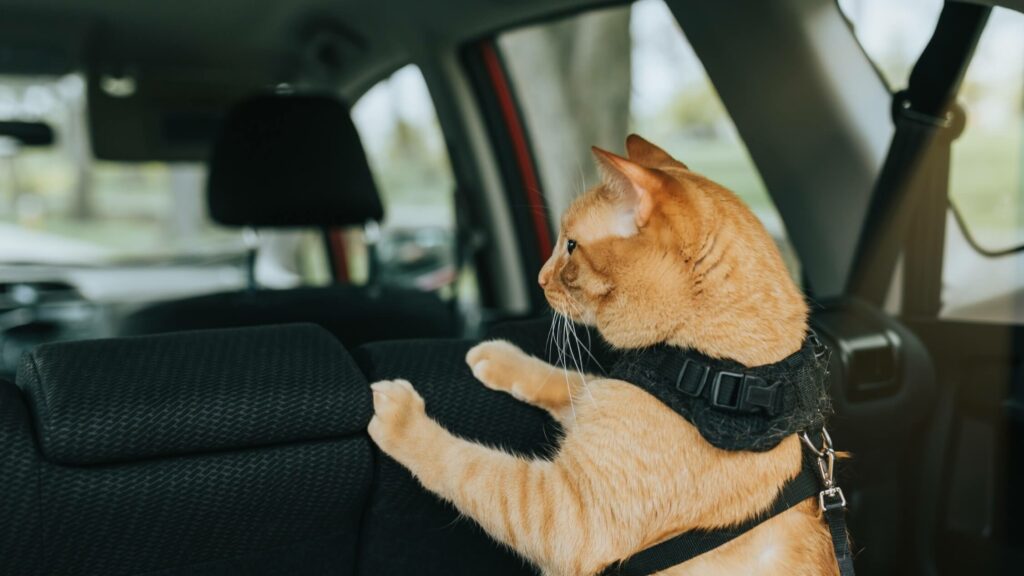
Cat Carrier Travel by Airplane
If traveling by airplane, choose a carrier that meets airline requirements for size, ventilation, and safety. Acquaint your cat with the carrier well in advance, and ensure all necessary documentation, such as health certificates and vaccination records, is prepared according to airline regulations. Book a direct flight whenever possible to minimize travel time and reduce stress on your cat. Arrive early at the airport to allow for check-in procedures and security screenings without rushing. During the flight, inform flight attendants and nearby passengers of your cat’s presence, and follow any specific instructions provided by airline staff.
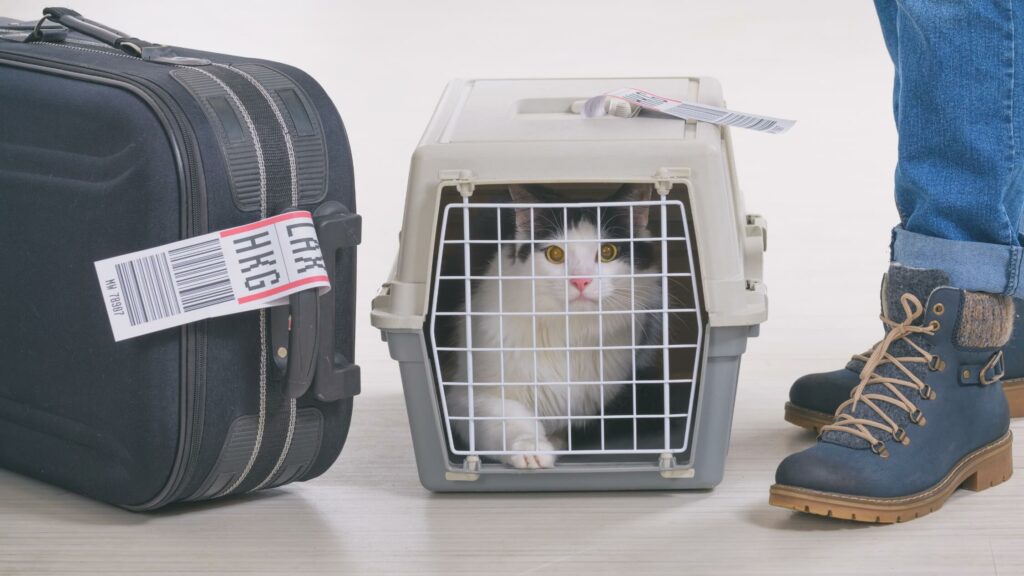
Chat With Your Veterinarian About Anxious Cats
Discussing travel anxiety with your veterinarian can provide valuable insights and solutions tailored to your cat’s individual needs. Your vet may recommend supplements or medications designed to alleviate stress and promote relaxation during travel.
Here are examples of supplements and medications commonly used to alleviate travel anxiety in cats:
- Solliquin: Solliquin is a nutritional supplement containing ingredients like L-theanine, magnolia extract, and phellodendron extract. It is designed to promote relaxation and reduce anxiety-related behaviors in cats.
- Composure: Composure chews or liquid contain a blend of calming ingredients such as thiamine, L-theanine, and colostrum calming complex. These components work synergistically to support relaxation and balanced behavior during stressful situations like travel.
- Calming Care: Calming Care is a probiotic supplement that helps maintain calm behavior in cats by supporting balanced brain chemistry. It contains B vitamins and a specific strain of probiotic bacteria that promote a calm demeanor.
- Feliway Spray: Feliway is a synthetic pheromone spray that mimics the natural facial pheromone that cats use to mark their territory as safe and familiar. It can help reduce stress and anxiety associated with travel by creating a sense of security in unfamiliar environments.
- Gabapentin: Gabapentin is a prescription medication that may be used to manage anxiety and discomfort in cats during travel. It works by affecting neurotransmitters in the brain to promote relaxation and reduce anxiety-related symptoms.
- Alprazolam: Alprazolam, also known as Xanax, is another prescription medication that may be prescribed for cats with severe anxiety. It belongs to the benzodiazepine class of drugs and acts on the central nervous system to produce calming effects.
- Buprenorphine: While primarily used as a pain medication, buprenorphine can also help alleviate anxiety in cats due to its sedative properties. It is sometimes used in veterinary practice to manage stress during travel or other stressful events.
Ensure You Have Cleaning Supplies for Your Cat
Accidents can happen during travel, so it’s essential to pack cleaning supplies to maintain hygiene and comfort for your cat. Include pet-safe disinfectant wipes or sprays to clean carrier surfaces and surrounding areas. Absorbent pads or paper towels can be used to quickly address spills or accidents. Pack plastic bags for waste disposal and to contain soiled bedding or litter. Having these supplies readily accessible allows you to respond promptly to any messes, keeping your cat and their environment clean and comfortable throughout the journey.
Pack Their Own Litter Box if Possible
If feasible, bring along your cat’s familiar litter box to provide a sense of security and routine during travel. Use a portable litter box designed for travel, or improvise with a shallow, disposable container lined with litter. Place the litter box in a quiet and accessible location within the carrier or travel area to encourage your cat to use it as needed. Maintain cleanliness by scooping waste promptly and refreshing litter as needed during stops or layovers. This helps minimize stress related to unfamiliar environments and encourages your cat to maintain their regular bathroom habits.
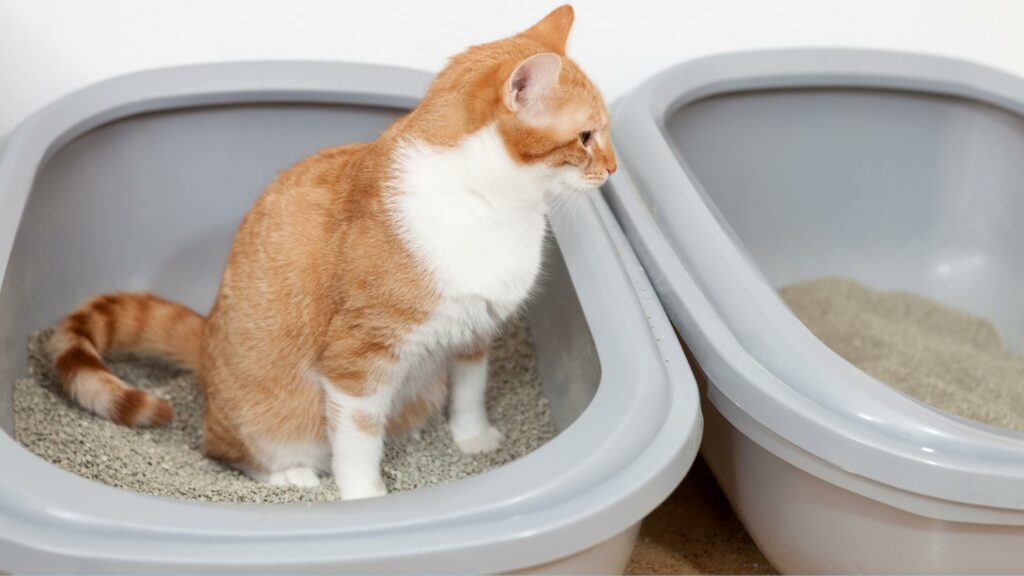
Bring Along Favorite Toys and Blankets
Comfort items such as favorite toys and blankets can provide familiarity and reassurance to your cat during travel. Pack toys that are safe and engaging, such as interactive puzzles or soft plush toys. Familiar blankets or bedding with their scent can offer comfort and a sense of security in unfamiliar surroundings. Introduce these items to the carrier or travel area before the trip to allow your cat to adjust and associate positive feelings with their presence. Regularly rotate toys and refresh bedding to maintain interest and comfort throughout the journey.
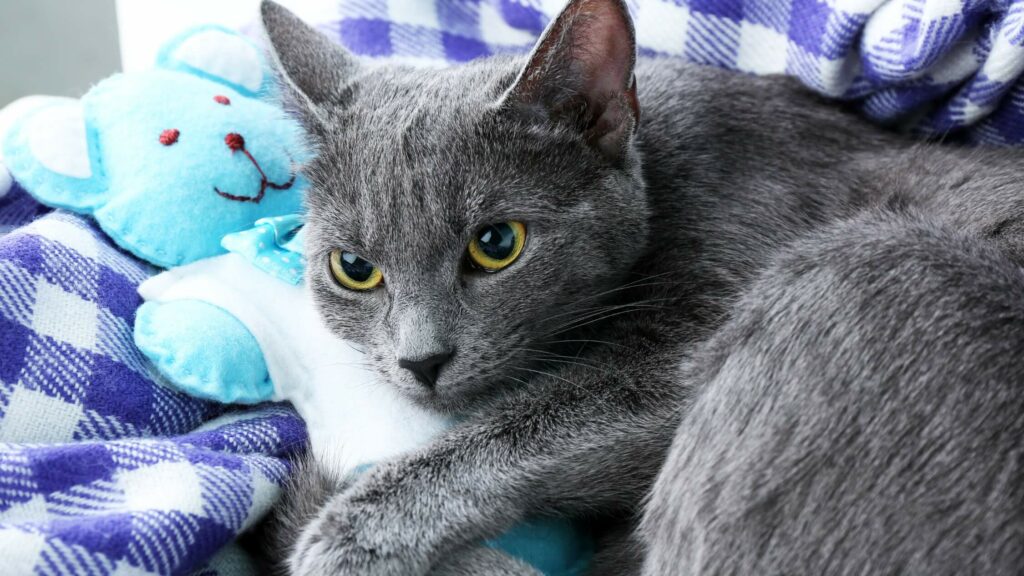
Conclusion
Embarking on adventures with your cat can be a rewarding experience, fostering a deeper bond and providing enriching opportunities for exploration. By prioritizing essential safety measures, you ensure that these outings remain enjoyable and stress-free for both you and your feline companion. From selecting the right gear and understanding environmental risks to preparing for emergencies and caring for your cat post-adventure, each step contributes to a safer and happier experience. Remember, with proper preparation and consideration for your cat’s well-being, you can create lasting memories of shared adventures together.
FAQs
How do I introduce my cat to a harness and leash?
Introduce the harness indoors in a calm environment. Start by letting your cat sniff and explore the harness. Gradually, associate it with positive experiences such as treats or playtime. Once comfortable, attach the leash indoors and let your cat walk around with supervision before venturing outside.
What should I do if my cat gets stressed during an adventure?
Watch for signs of stress such as hiding, excessive vocalization, or panting. Create a calm environment by moving to a quieter area and offering reassurance through gentle petting and soothing words. Consider using calming supplements or medications recommended by your veterinarian.
How can I protect my cat from outdoor hazards?
Research potential hazards in your adventure area such as toxic plants, wildlife predators, and extreme weather conditions. Keep your cat on a leash or within a secure enclosure to prevent accidents and ensure their safety. Monitor them closely and intervene if they show interest in unsafe objects or areas.
What should I include in a cat’s first aid kit for adventures?
A cat’s first aid kit should include essentials like gauze pads, adhesive tape, antiseptic wipes, tweezers (for removing splinters or ticks), and scissors. Include any medications or treatments prescribed by your veterinarian, along with emergency contact numbers for local veterinary clinics.

